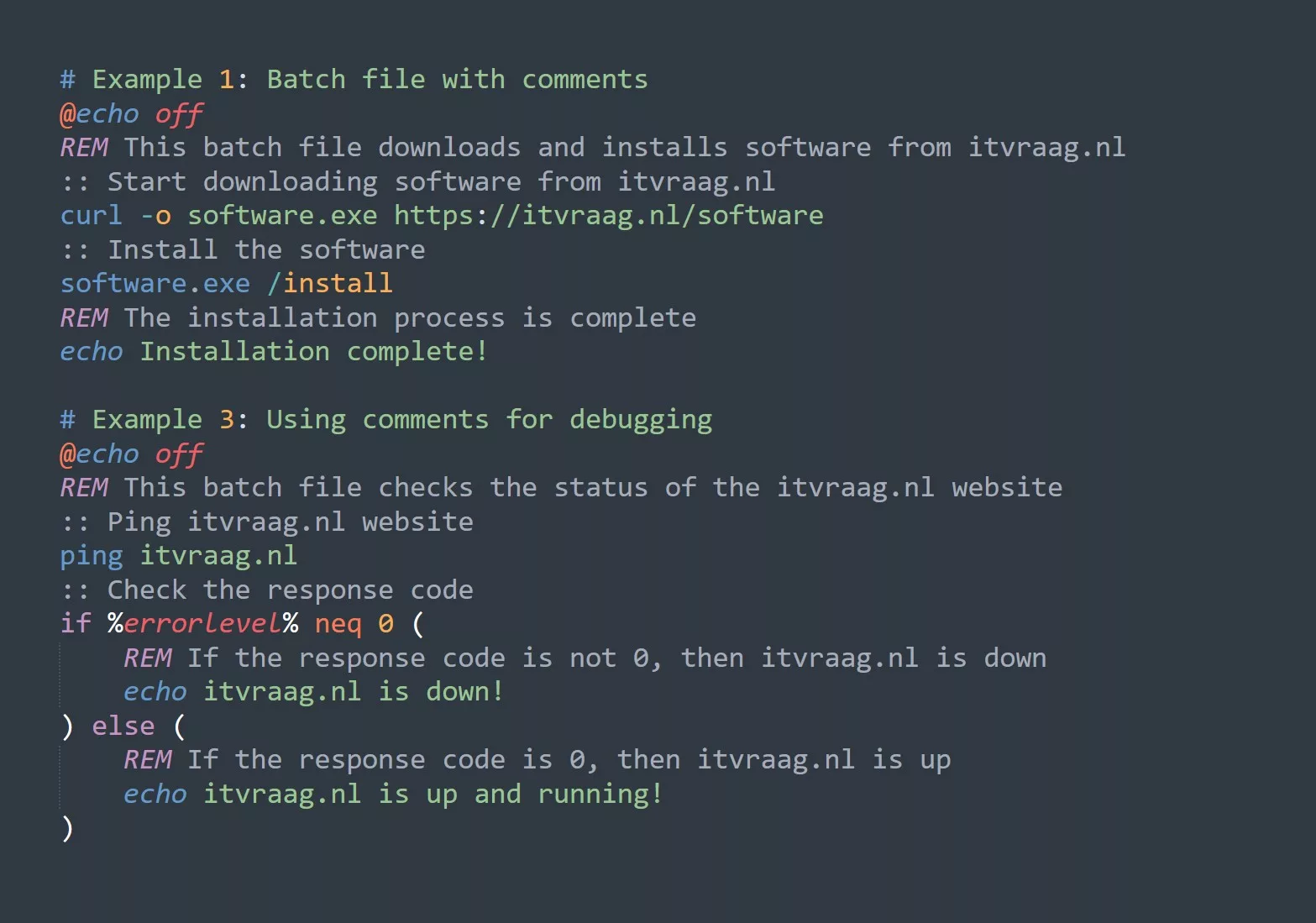Advantages of IT Automation
- Saving Time: One of the biggest advantages of IT automation is the time it can save. Automation can help automate repetitive tasks, freeing up valuable time for other projects. For example, imagine you have to run the same tasks every day to update a database. Instead of manually running the tasks every day, you could set up automation to run a script with a cronjob to run automatically, saving you time and allowing you to focus on other tasks.
- Reducing Costs: Another advantage of IT automation is the cost savings it can bring. Automation can help reduce labor costs by eliminating the need for manual labor. For example, imagine you have to manually check the status of servers every day. By automating the health check, you can reduce the need for manual labor, ultimately reducing costs.
- Optimizing Resources: IT automation can also help optimize resources. By automating tasks, you can ensure that resources are used efficiently and effectively. For example, imagine you have to manually monitor the performance of servers. By automating the process, you can ensure that resources are being used efficiently and effectively, ultimately optimizing performance.
- Minimizing Errors: Finally, IT automation can help minimize errors. Automation can help eliminate human error, ensuring that tasks are completed correctly every time. For example, imagine you have to manually update a database. By automating the process, you can ensure that the updates are made correctly every time, ultimately minimizing errors.
Practical Use-Cases
- Automated Server Backups One practical use-case for IT automation is automated server backups. By automating the backup process, you can ensure that your servers are backed up regularly, without the need for manual intervention.
- Automated Software Deployment Another practical use-case for IT automation is automated software deployment. By automating the deployment process, you can ensure that software is deployed quickly and accurately, without the need for manual intervention.
- Automated Performance Monitoring A third practical use-case for IT automation is automated performance monitoring. By automating the monitoring process, you can ensure that performance is optimized, without the need for manual intervention.
5 Tips for Automation
- Start small: It’s important to start small when implementing IT automation. Begin by automating a small task and work your way up to more complex tasks as you become more comfortable with the process.
- Test thoroughly: Before implementing automation, it’s important to thoroughly test the automation to ensure that it works as expected.
- Document the process: It’s important to document the automation process to ensure that it can be easily replicated in the future.
- Monitor the automation: It’s important to monitor the automation to ensure that it’s working as expected and to identify any potential issues.
- Continuously improve: As technology evolves, it’s important to continuously improve and update automation to ensure that it remains effective.
Challenge
To start automating small, try creating a bash script (for macOS or Linux) to cleanup your download folder, by moving files based on their names and/or extension to a subfolder. Do this in a test environment first so that you don’t accidentally lose any important files!



